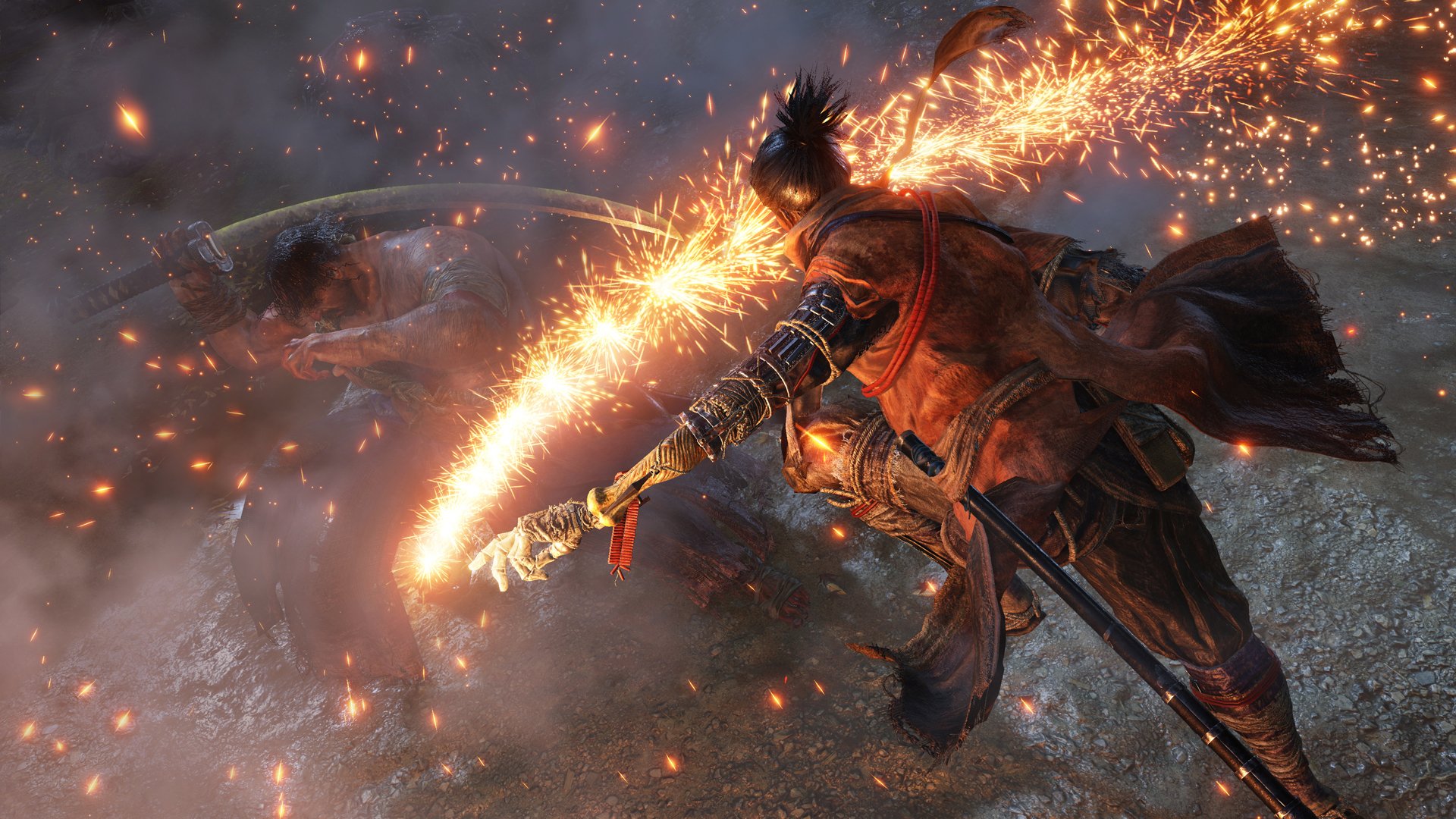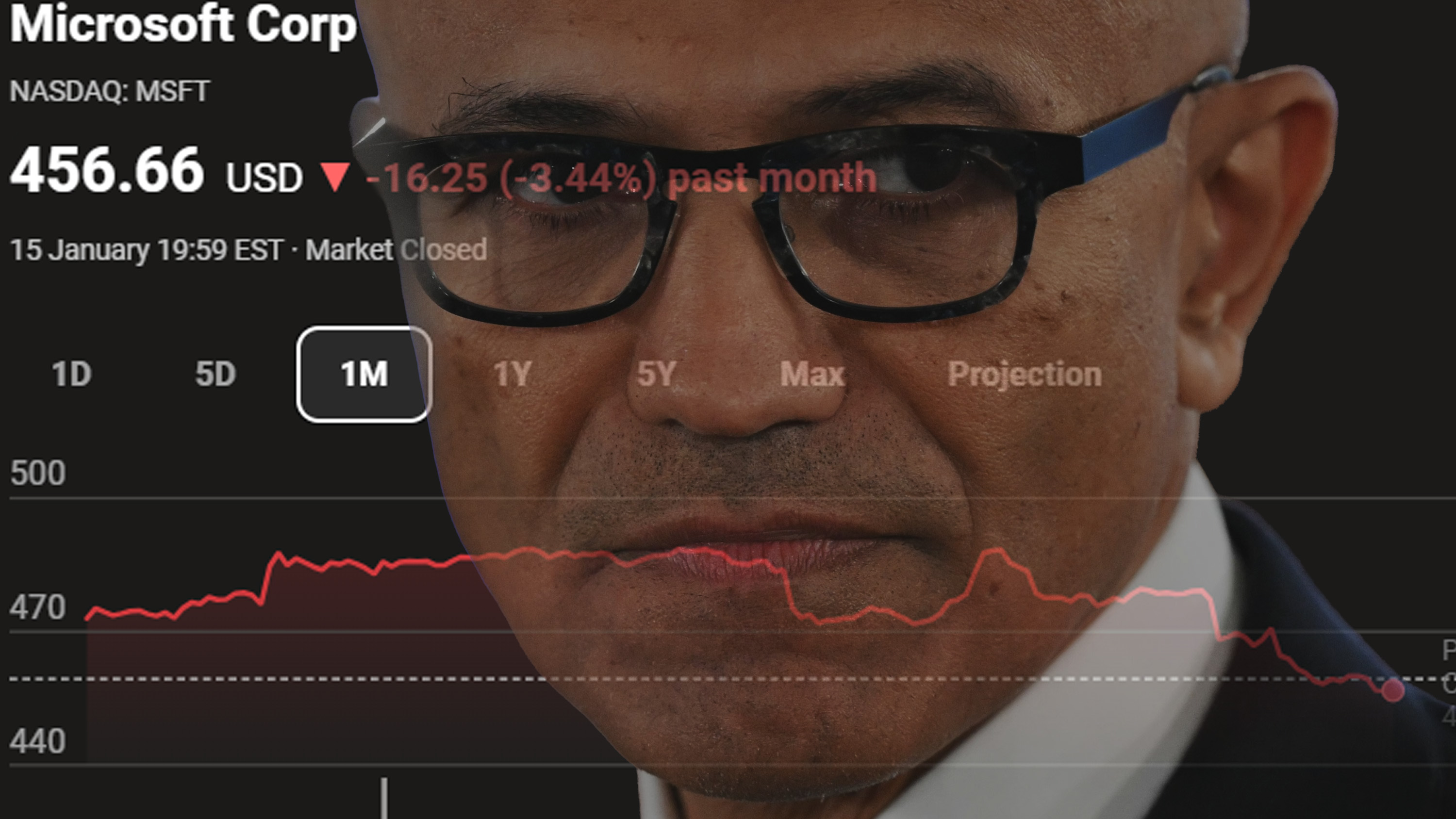

Sekiro: Shadows Die Twice is a third-person action game from the acclaimed developers at FromSoftware. FromSoftware is the team behind games like Bloodborne and Dark Souls, and Sekiro: Shadows Die Twice is a major departure in terms of storytelling. Your goal is to carve your own clever path to vengeance.
In Sekiro: Shadows Die Twice, you step into the shoes of the "one-armed wolf" protagonist, a disgraced warrior rescued from the brink of death by a mysterious devotee. Bound to protect a young lord who is the descendant of an ancient bloodline, you become the target of many vicious enemies, including the "Ashina" clan. When the young lord is captured, nothing will stop you, not even death itself.
Reclaim your honor
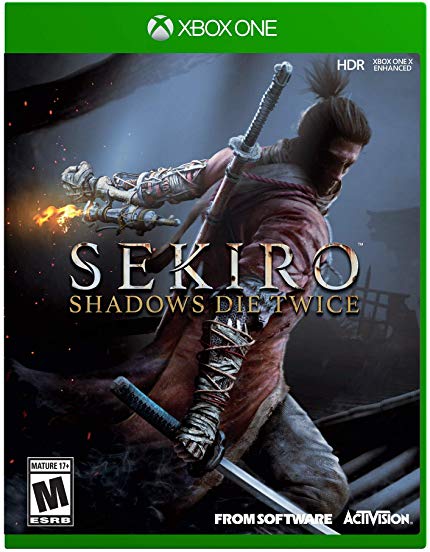
Sekiro: Shadows Die Twice
Bottom line: Sekiro: Shadows Die Twice is a challenging battle in Feudal Japan.
Pros:
- Spectacular visuals
- Complex combat
- Lengthy campaign
Cons:
- Punishing gameplay
- Uncapped frame rate
- No multiplayer
Sekiro: Shadows Die Twice story and setting
FromSoftware wants you to explore late 1500's Sengoku Japan, a brutal period of constant conflict, as you come face to face with larger-than-life foes in a twisted world. This tumultuous era was marked by constant war. Luckily, you can unleash an arsenal of deadly tools and powerful ninja abilities while you blend stealth, vertical traversal, and sword-based combat together.
While the game is a unique and other-worldly experience, it features a clear narrative with a focus on characters that was missing from Bloodborne and other games. The difficult and rewarding gameplay stays the same and requires a lot of practice to master. Sekiro: Shadows Die Twice is not an easy game, and in fact, it is much harder than Bloodborne or Dark Souls. You'll explore towering structures and be presented with unprecedented situations that require new ways of thinking.
All the latest news, reviews, and guides for Windows and Xbox diehards.
Sekiro: Shadows Die Twice combat mechanics
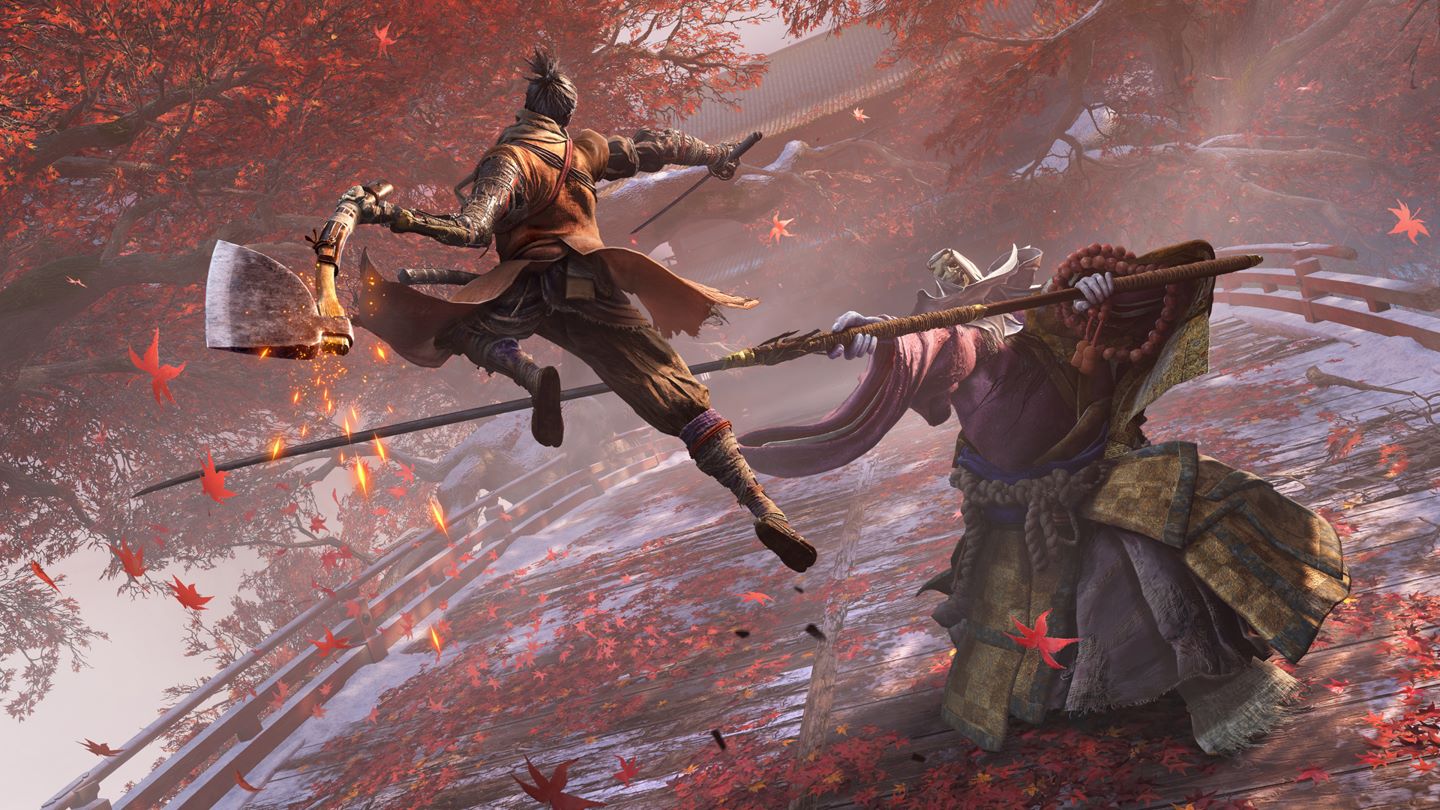
There are two major differences between Sekiro: Shadows Die Twice and FromSoftware's previous offerings. Firstly, the combat is fast-paced, and each enemy encounter isn't a battle for the ages. You can employ techniques like stealth and aerial attacks to quickly dispatch foes. Secondly, deflection plays an important role in taking out enemies, as simply dodging won't get you far. Timing your strikes to deflect your opponents' blows is very important. Doing this will fill up a meter at the top of the screen, allowing you to trigger executions.
Combat revolves around dynamic swordplay and posture. When the yellow bar at the top of the screen fills up, you can break an enemy's posture. Deflecting attacks weakens enemies, allowing for one fatal strike. The techniques you've used in Dark Souls won't help you in Sekiro: Shadows Die Twice. I learned this the hard way. During my time with the game, I eventually had to resort to dodging left and right when battling larger enemies. At the end of the day, you'll have to figure out a system that works for you because the combat mechanics allow for a lot of possibilities.
Each enemy has a deflection bar and a standard health bar. If you come across a foe whose attacks are so powerful that it's impossible to deflect or even dodge them, Sekiro: Shadows Die Twice gives you the ability to slowly chip away at their health until you're victorious. While this may take a while, it's a great backup plan if events go awry and you can't see any other alternative.
Throughout your adventure, you'll also come across consumables like "Divine Confetti," which imbue your blade with special properties. You probably want to save them for boss battles because they're quite overpowered. Additionally, remember to press the "X" button to pick up coins and other items enemies drop; you can't just loot corpses by passing over them.
Sekiro: Shadows Die Twice Xbox One X support

Unlike the early build I tested, Sekiro: Shadows Die Twice on Xbox One X is one of the best-looking games on the system. The title features amazing lighting and high-resolution textures even on obscure surfaces you'd never bother to examine up close. This is a stark departure from what I experienced on the PlayStation 4 Pro in February. Activision provided us with access to the PlayStation 4 Pro version as well, and it still suffers from the same "flat" texture problem I witnessed a few months ago. On Xbox One X at least, Sekiro: Shadows Die Twice may even rival Red Dead Redemption 2 because it looks spectacular on a 4K display with high dynamic range (HDR) enabled.
Sekiro: Shadows Die Twice is one of the best-looking games on Xbox One X.
As far as resolution goes, the game appears to be running close to native 4K, but some shadows are very low quality. There is shimmering around edges, but overall, it's a crisp experience. Unfortunately, Sekiro: Shadows Die Twice renders at 30 frames per second (FPS) on consoles, and the only option FromSoftware provides is to adjust how HDR functions. While the frame rate is stable, there isn't a way to push it to 60 FPS, even on Xbox One X. Sometimes I noticed that the frame rate would go above 30 FPS, but those instances were rare.
Sekiro: Shadows Die Twice relies on quick maneuvers to deflect attacks, and when the input lag is high due to the 30 FPS performance, this can be quite cumbersome. Luckily, you get over this after the first few hours and anticipating attacks becomes almost second nature. I would've loved to see the developer push the frame rate further on Microsoft's machine, even if the resolution were lowered. There should've been a toggle, similar to what Nioh and The Surge offer on consoles.
Sekiro: Shadows Die Twice upgrades
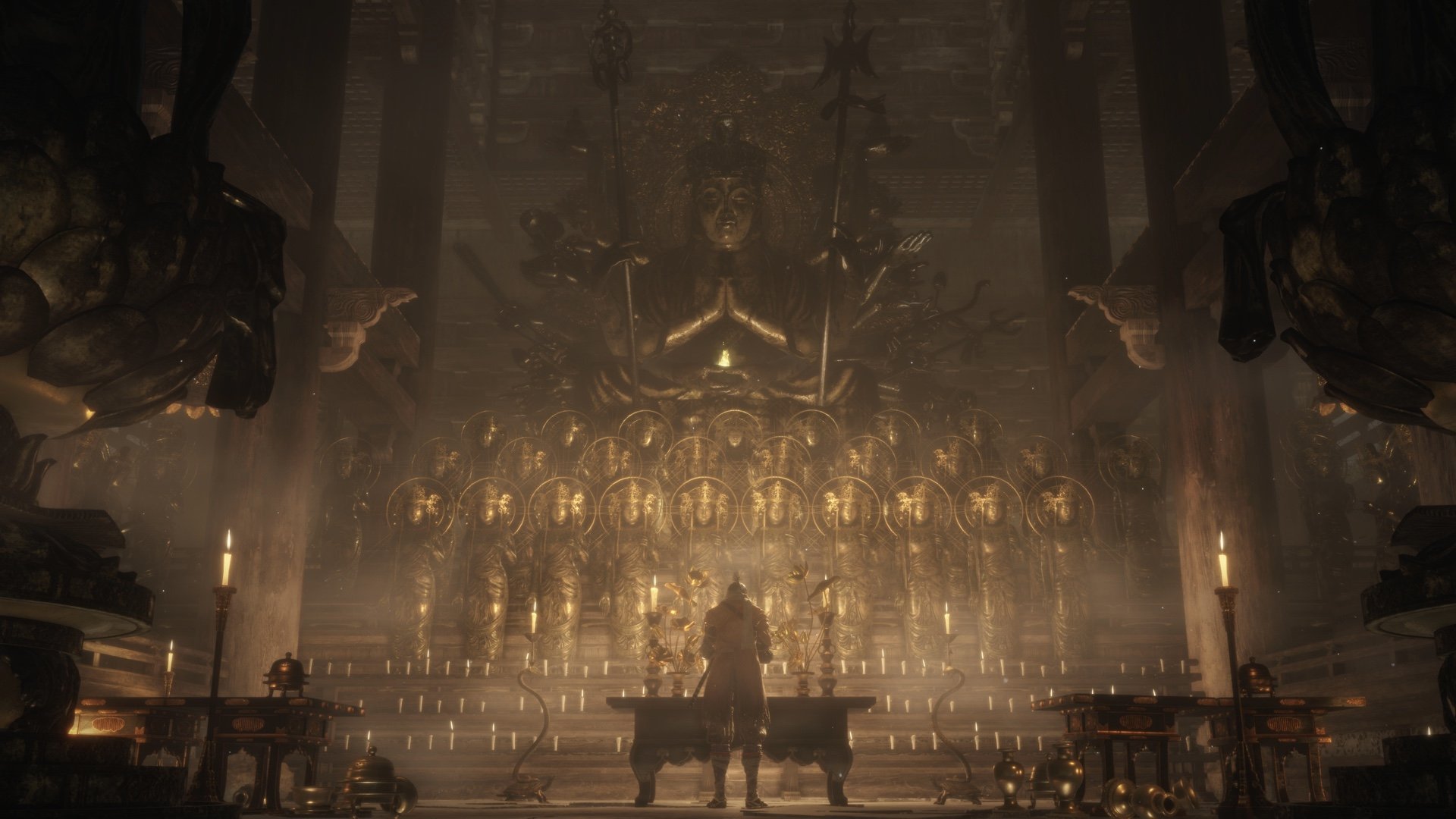
Like some other recent games, Sekiro: Shadows Die Twice features a disabled protagonist, but this disability is by far his greatest strength. As we've seen in Devil May Cry 5, you have the ability to change prostheses. Sometimes it can function as a grappling hook, while other times as a weapon. The "Prosthetic Tool" is similar to the "Trick Weapons" in Bloodborne. It can be modified with new features.
The game also features a "Resurrection" mechanic which is tied to a plot element called the "Dragon's Heritage." This means that you can immediately respawn if you have enough resources. Resurrection also plays an important part in the overall story, because if you die a lot, a mysterious ailment called "Dragonrot" spreads throughout the world. Getting slaughtered again and again isn't also advisable because you lose half of your currency and experience.
Sekiro: Shadows Die Twice features a number of skills trees which allow you to upgrade your combat abilities. For example, you can unlock a "Whirlwind Slash" which adds more moves to your repertoire. Skills can be unlocked by using experience points earned through defeating enemies. Upgrades can be performed at any save point so you don't have to go back to the "Dilapidated Temple" every time. Just like Dark Souls, this area houses various colorful characters that can help you on your quest.
Sekiro: Shadows Die Twice creature and sound design

A few weeks ago, Devil May Cry 5 provided gamers with some of the best-looking demons anyone has ever seen in a game. Sekiro: Shadows Die Twice is on that level because there are beasts in this title that defy expectations. While everything, from a massive rooster to a bridge troll, is intricately designed, the real stars of the show are off the beaten path.
The truly terrifying monsters are off the beaten path.
During the opening level of the game, there is a temple with an ominous message nailed to its walls. If you perform some daring maneuvers, you come across a headless giant with a flaming katana. I had the misfortune of engaging this enemy when I was woefully underprepared, and I was slaughtered in a heartbeat. The headless giant is just the beginning because, throughout your journey, you'll encounter massive serpents and other mythical creatures. These encounters are a sight to behold, and some of the most harrowing battles in any game.
FromSoftware deserves a lot of credit for Sekiro: Shadow Die Twice's sound design. The music captures this aura of intrigue that permeates the entire experience. Each battle feels tense due to the clink emanating from clashing blades. Over the course of the lengthy campaign, you become familiar with this sound, and learn to accept it because staying calm is necessary in the heat of battle.
Final impressions of Sekiro: Shadows Die Twice
I've spent roughly fifty hours with the game, and there's still so much to do. Sekiro: Shadows Die Twice is a captivating experience given its setting and lore. There are so many mysteries to uncover, and I can't wait to play it even more.
It's definitely harder than Dark Souls, but the sense of satisfaction you feel after defeating powerful titans is a reward in itself. The more you play, the stronger you become. The story and gameplay take you in new directions, but Sekiro: Shadows Die Twice's difficulty may limit its appeal. Unlike previous FromSoftware games, it lacks multiplayer so you can't summon allies to help you.

The beginning of a new franchise
In Sekiro: Shadows Die Twice you are a disgraced and disfigured warrior rescued from the brink of death. Bound to protect a young lord who is the descendant of an ancient bloodline, you become the target of many vicious enemies. When the young lord is captured, nothing will stop you on the perilous quest, not even death itself.
Asher reviewed Sekiro: Shadows Die Twice on an Xbox One X console using a copy provided by Activision.
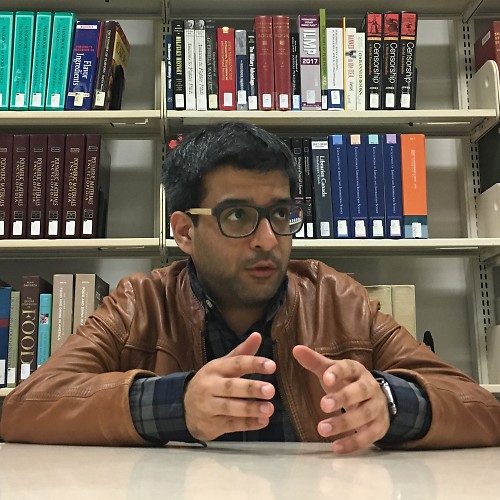
Asher Madan formerly handled gaming news for Windows Central. Before joining Windows Central in 2017, Asher worked for a number of different gaming outlets. He has a background in medical science and is passionate about all forms of entertainment, cooking, and antiquing.
